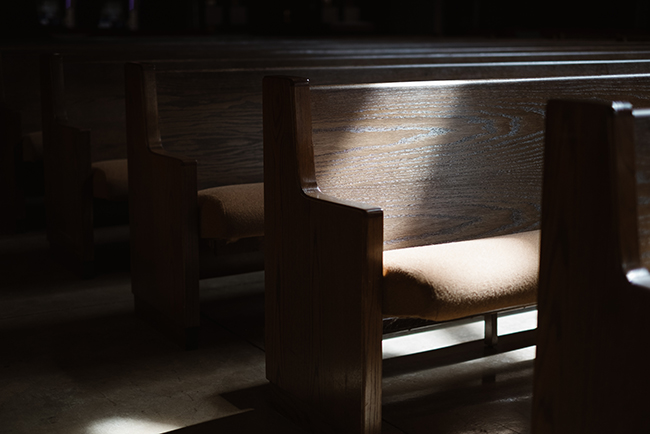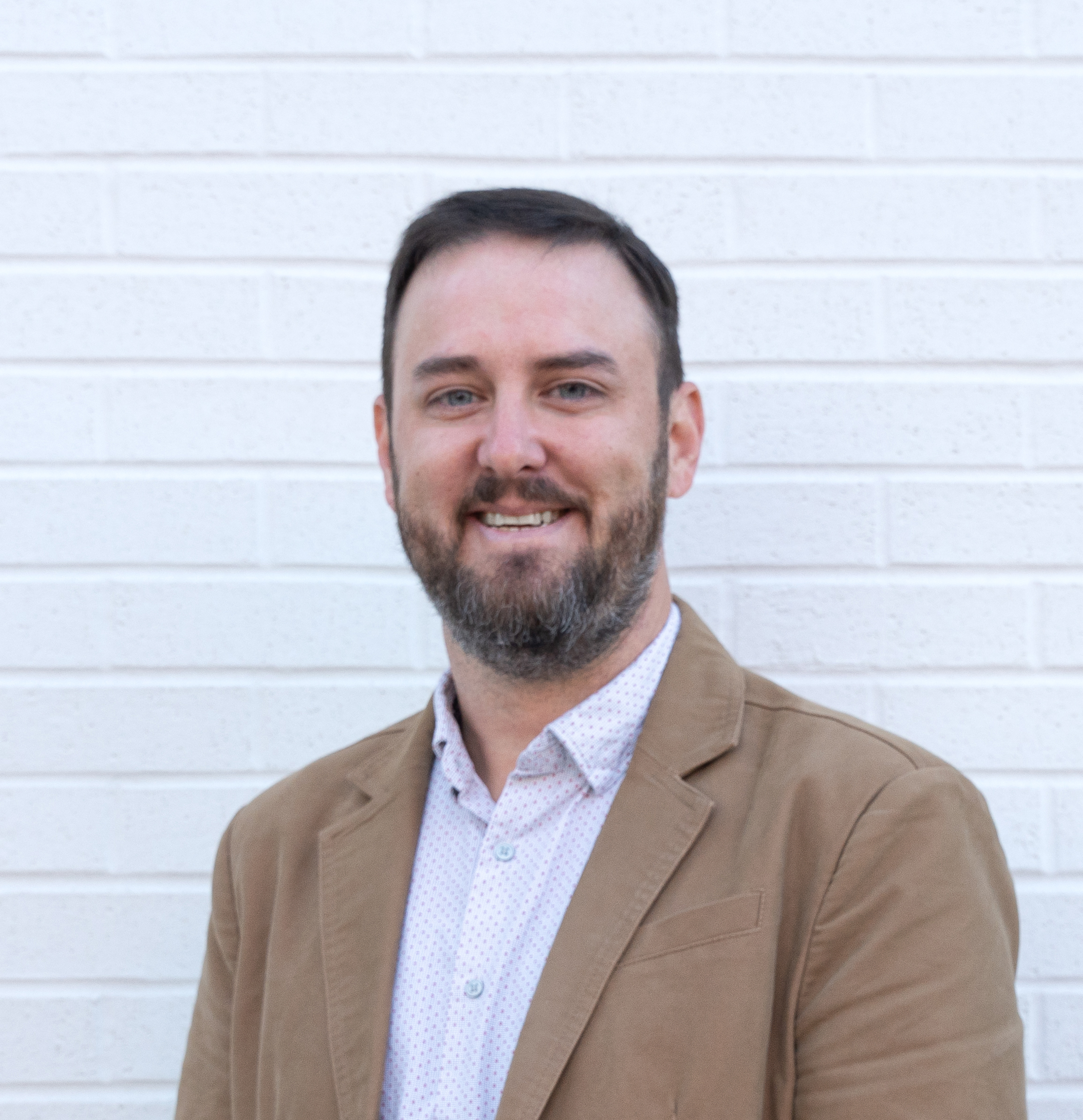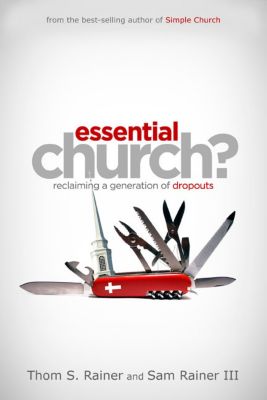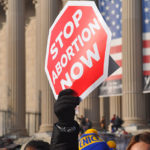
An increasing percentage of Americans say they never attend church, indicating a shift among those who previously attended services regularly.
By Aaron Earls
According to a 2022 Lifeway Research study, 3 in 5 U.S. Protestant pastors say they consider someone who attends church more than once a month to be a regular churchgoer. Using this standard, 27% of Americans qualify as regular churchgoers, according to the 2022 General Social Survey (GSS).
An increasing percentage of Americans say they never attend church, and most of that growth comes from those who previously attended religious services regularly.
27% of Americans attend religious services more than once a month, according to the latest General Social Survey. Click To TweetPrevious GSS data indicate in 2018, 58% of Americans said they seldom or never attended religious services, while 42% said they attended at least monthly, including 23% who attended at least weekly. In the aftermath of the COVID-19 pandemic, there was a 9-point swing away from regular attendance. In particular, the number of those who attend weekly or more dropped by half.
By 2021, 67% of Americans said they seldom or never attended church, while 33% attended at least monthly, including 17% who attended at least weekly. In 2022, 68% seldom or never attended, and 32% attended at least monthly, with 18% attending at least weekly.
New post-pandemic reality
This shift is not going according to pastors’ hopes, but it’s also not following the plans of churchgoers.
In an early 2021 Lifeway Research study, churchgoers said they planned to return to church after the pandemic. Nine in 10 U.S. Protestant churchgoers (91%) said, when COVID-19 was no longer an active threat, they planned to attend in-person worship services at least as often as they did before the pandemic. As of late 2022, essentially all churches were open for in-person gatherings, but pastors reported attendance at 85% of what it was prior to the pandemic.
The latest GSS numbers and additional Lifeway Research studies support pastors’ assertion that some churchgoers have not returned.
“The challenge for churches is demonstrating to people in their communities why belonging to a congregation matters—why it is important to them spiritually.” — @WardrobeDoor Click To TweetWithout a doubt, there is a growing segment of Americans who are irreligious, according to the GSS. Almost 3 in 10 U.S. adults (29%) say they have no religious preference, up 6 points since before the pandemic. The percentage of Americans who say they’re not religious jumped 8 points since 2018, while the percentage who say they aren’t spiritual increased 3 points.
Yet, the percentage of Americans who say they don’t believe in God only edged up 2 points in the past four years, from 5% in 2018 to 7% in 2022. Half of U.S. adults (50%) still say they know God exists and have no doubts. More than 7 in 10 Americans (71%) describe themselves as at least slightly religious, and 84% say they are at least slightly spiritual.
Future reality
The challenge for churches is demonstrating to people in their communities why belonging to a congregation matters—why it is important to them spiritually.
Currently, the COVID church dropouts resemble those who drop out of church attendance during their teenage and young adult years. Most haven’t made intentional decisions to no longer attend. They’ve simply gotten out of the habit and have not made it a priority to start back.
“Don’t be discouraged by downward trends. Be motivated to build up the saints currently in your congregation. And connect with those who may be part of your church in the future.” — @WardrobeDoor Click To TweetChurch leaders will have to work to reconnect with those missing members to help them reestablish their patterns of church attendance. Many have assumed they can live a faithful Christian life divorced from a local congregation. Lovingly challenge that misconception and call them to join with the body and use their spiritual gifts to make disciples.
Statistical trends are simply that: trends. They are not ironclad laws but merely statistical reflections of the current reality. Today’s reality does not have to be tomorrow’s reality, particularly for your individual church.
Don’t be discouraged by a downward trajectory. Be motivated to build up the saints currently in your congregation. And connect with those who may be part of your church in the future. You may be part of a reversal of the decline and a new trend for the future.
For permission to republish this article, contact Marissa Postell Sullivan.











